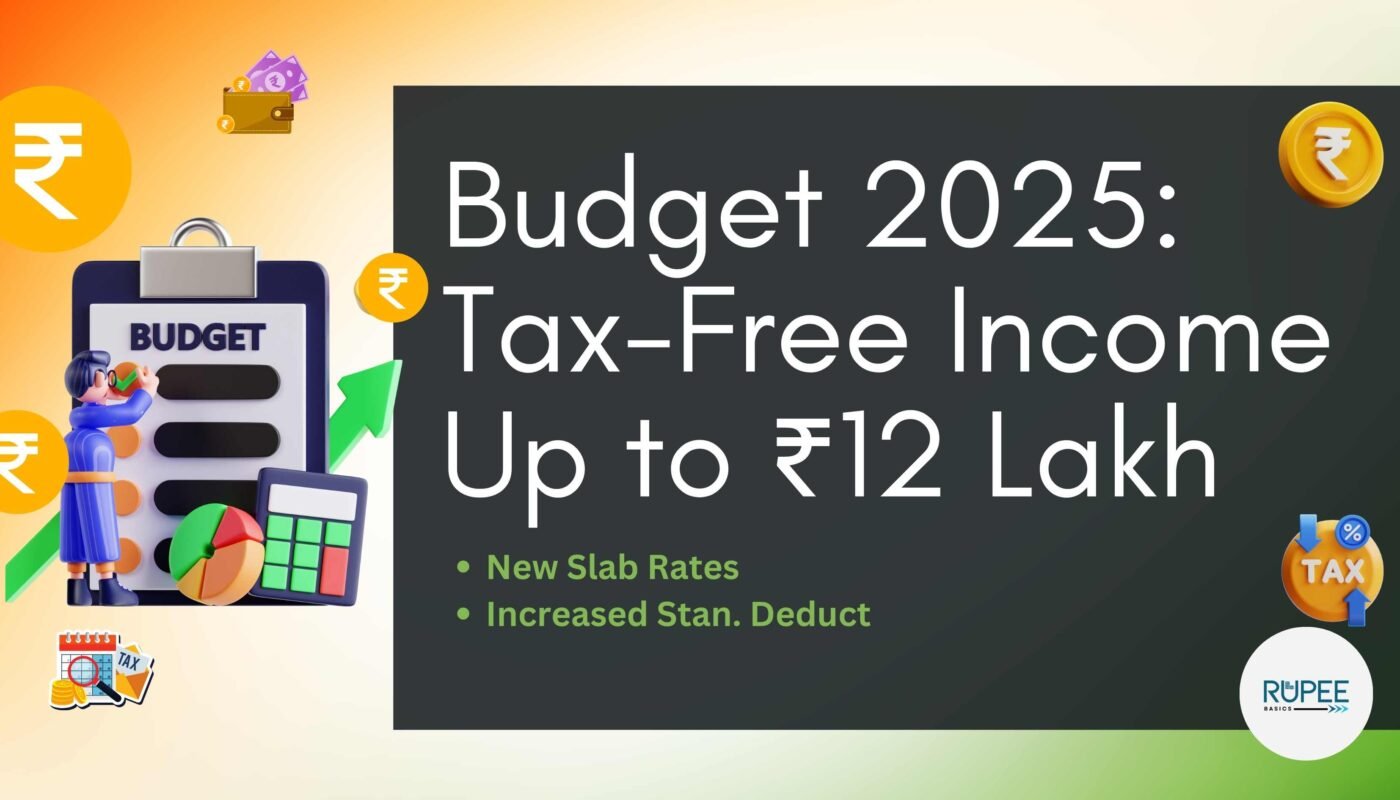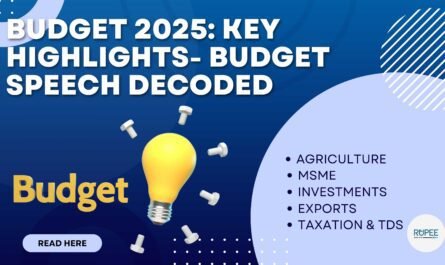Budget 2025: Major Direct Tax Reforms for Retail Taxpayers Explained
Finance Minister Nirmala Sitharaman unveiled transformative changes to India’s direct tax structure in Budget 2025, focusing on simplifying compliance, boosting disposable income for the middle class, and aligning with the long-term vision of Viksit Bharat. Below, we analyze key reforms and compare them with previous years’ policies.
Key Direct Tax Changes in Budget 2025
1. Revamped Tax Slabs Under New Regime
- Exemption limit raised: No tax for incomes up to ₹12 lakh (vs. ₹7 lakh in 2024) under the new regime.
- Revised slabs: Income Slab Tax Rate ₹0–12 lakh 0% ₹12–16 lakh 15% ₹16–20 lakh 20%, ₹20–24 lakh 25% Above ₹24 lakh 30%
- Benefits: A taxpayer earning ₹12 lakh saves ₹80,000 annually compared to FY 2024-25.
2. Standard Deduction
- No Change in Standard Deduction, remain ₹75,000 for salaried individuals.
- Family pension deduction raised to ₹25,000 (from ₹15,000 in 2024).
3. Senior Citizen Benefits
- Deduction on interest income doubled to ₹1 lakh.
- Higher exemptions for medical insurance premiums.
4. Simplified Tax Regime
- Old vs. New Regime Merged: The new Direct Tax Code (DTC) replaces the Income Tax Act, 1961, reducing legal disputes and streamlining compliance.
5. Capital Gains Tax Adjustments
- There is NO change in Long-Term Capital Gains (LTCG) & Short-Term Capital Gains (STCG)
6. TDS Threshold on Rent Increased
- Annual rent TDS limit raised from ₹2.4 lakh to ₹6 lakh, benefiting small landlords.
Comparison with Budget 2024
| Parameter | Budget 2024 | Budget 2025 |
|---|---|---|
| Exemption Limit | ₹7 lakh | ₹12 lakh |
| Standard Deduction | ₹75,000 | ₹75,000 |
| LTCG Exemption | ₹₹1.25 lakh | ₹1.25 lakh |
| Senior Citizen Deduction | ₹50,000 (interest income) | ₹1 lakh |
| Tax Regime Complexity | Old and new regimes coexisted | Old and new regimes coexisted but will Merged into simplified DTC |
Major Benefits for Taxpayers
- Higher Disposable Income: Middle-class taxpayers earning up to ₹12 lakh save 100% of their tax liability.
- Simplified Compliance: The new DTC reduces tax code complexity by 60%, minimizing disputes.
- Boost to Savings: Increased deductions for NPS contributions (employer share up to 14%) and LTCG exemptions promote long-term investments.
- Relief for Senior Citizens: Doubled interest income deductions ease financial planning for retirees.
- Reduced Burden on Small Landlords: Higher TDS thresholds reduce compliance hassles.
Conclusion
Budget 2025 marks a paradigm shift in India’s tax policy, prioritizing middle-class welfare, simplifying compliance, and incentivizing savings. By raising exemption limits, restructuring slabs, and introducing the DTC, the government aims to accelerate economic growth through enhanced disposable income and reduced litigation. Taxpayers should evaluate their financial strategies under the new regime to maximize benefits.
“It’s not about ideas. It’s about making ideas happen.” – Scott Belsky




